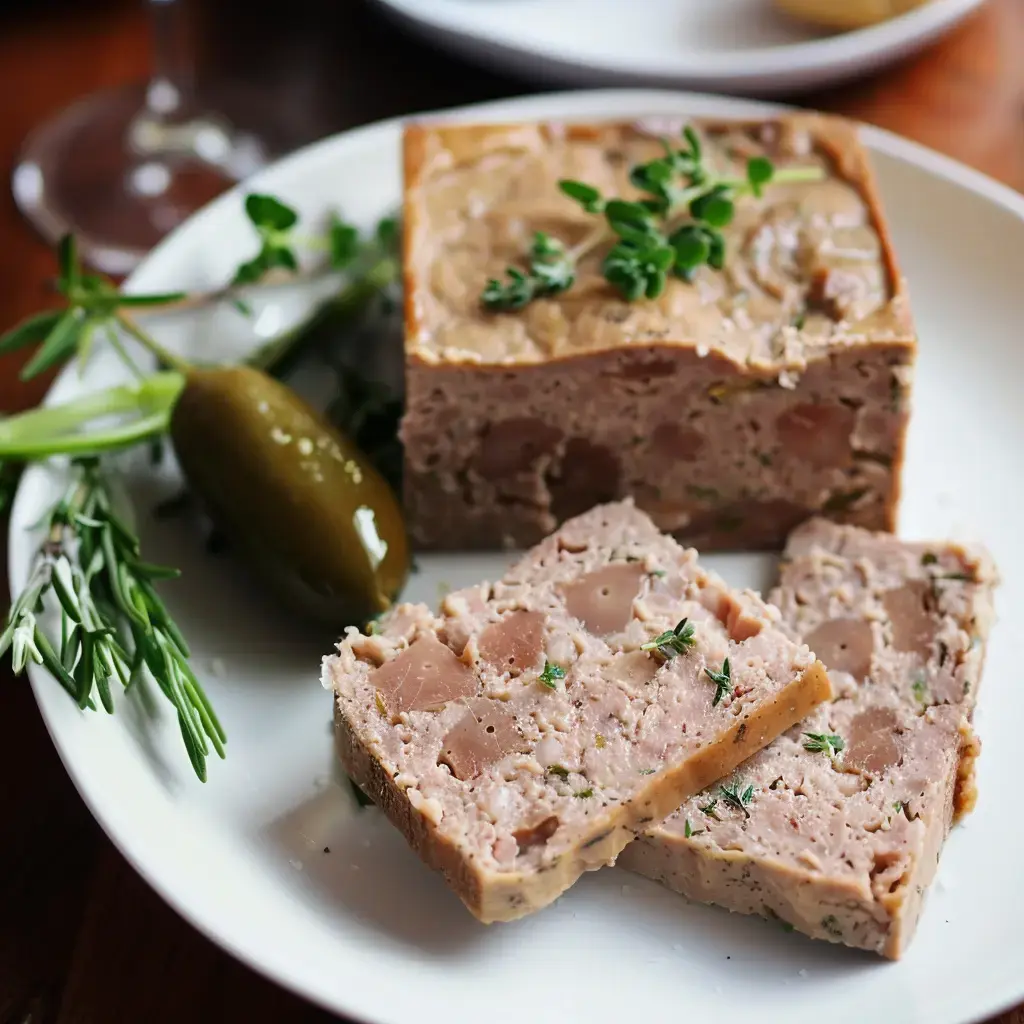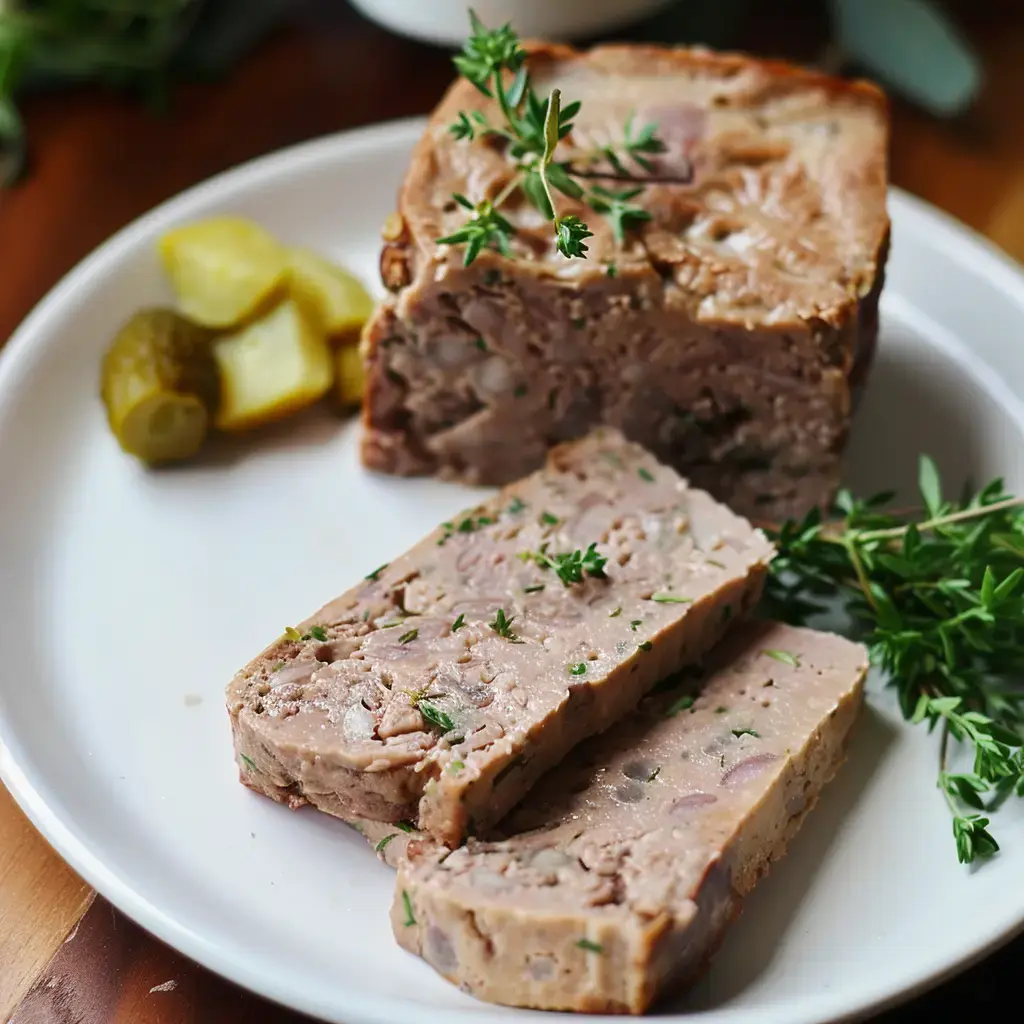 Pin it
Pin it
My family butcher shop has been making country pâté with pride for three generations now. It's a craft my grandmother passed down to me that I continue with joy every single day. Folks travel from all over just to try it since its fame has spread way beyond our little village. This authentic pâté takes time and dedication, but it always pays off when you're patient.
The homemade magic
In my workshop, I have so much fun preparing my pâté. I carefully pick each piece of meat and measure my spices to the exact gram. You won't find preservatives or additives in my kitchen—just real, honest, natural stuff. That's what sets it apart, and my customers definitely know it. Making pâté at home is a true craft that gets handed down and shared around.
My ingredient basket
- Pork neck: 500 g with nice marbling
- Pork belly: 500 g that I always get fresh
- Poultry livers: 500 g super fresh
- Pork shoulder: 250 g
- Farm butter: 50 g
- Shallots: 3 good-sized ones
- My favorite brandy: 5 cl
- My secret mix: 14 g salt, 2 g pepper, 1 g nutmeg per kilo
- Whole milk: 50 g
- Starch: 20 g
- Garden herbs: rosemary, thyme and bay leaf
The crafting secrets
- The foundation of good pâté
- I start with shallots slowly cooked in butter. They need to chill until the next day, that's crucial.
- Getting the meat ready
- I cut everything into 3 cm cubes and mix with my shallots, spices and brandy. It needs a night in the fridge so the flavors can blend together.
- The grinding stage
- Everything goes through size 8 on my grinder along with the livers. Then I add starch mixed with milk to bind it all together.
- Filling the molds
- I pack my terrines firmly, leave about 2 cm of space at the top, and lay my herbs on the surface.
- My signature baking method
- I start at 200°C for 10-15 minutes then lower to 150°C until the core reaches 70°C.
- The final trick
- Let it rest for 30 minutes, then chill for at least 48 hours—though 72 is even better.
My butcher's tips
I always fry a small ball of the mixture to check the seasoning. I really pack my terrines tight to keep air bubbles away. And my most valuable advice? Make sure your grinding is fine and consistent for the perfect texture.
How to enjoy it
In my shop, I tell customers to enjoy my pâté with crunchy pickles, old-style mustard, and fresh country bread. For special occasions, I suggest adding some homemade caramelized onions.
 Pin it
Pin it
Storage and tasty twists
It stays good for about a week when kept in an airtight container in the fridge. Sometimes I like throwing in crushed hazelnuts or mushrooms to the mix. And when I want something different, I swap the brandy for port wine—it tastes amazing too.
Frequently Asked Questions
- → How long does country pâté last?
Store it in an airtight container in the fridge, and it’ll keep for about a week. Adding plastic wrap directly on top can help it stay fresh longer.
- → Can you freeze country pâté?
Yes, you can freeze it for up to 3 months. Be sure it’s fully cooled before freezing, and thaw it slowly in the fridge when you’re ready to enjoy.
- → Why wait 48-72 hours before eating?
This resting period allows the flavors to meld together and the textures to settle. The herbs infuse well, giving a firmer slice and better taste.
- → What’s the best temperature to enjoy it?
Country pâté is best served at room temperature. Take it out of the fridge about 30 minutes before serving to maximize flavor.
- → Can the cognac be swapped for something else?
Sure! Try armagnac or port as alternatives. They enhance flavor and help preserve it. If you prefer no alcohol, chicken broth is a suitable substitute.
